SOURCE: RAUNAK KUNDE / NEWS BEAT / IDRW.ORG.
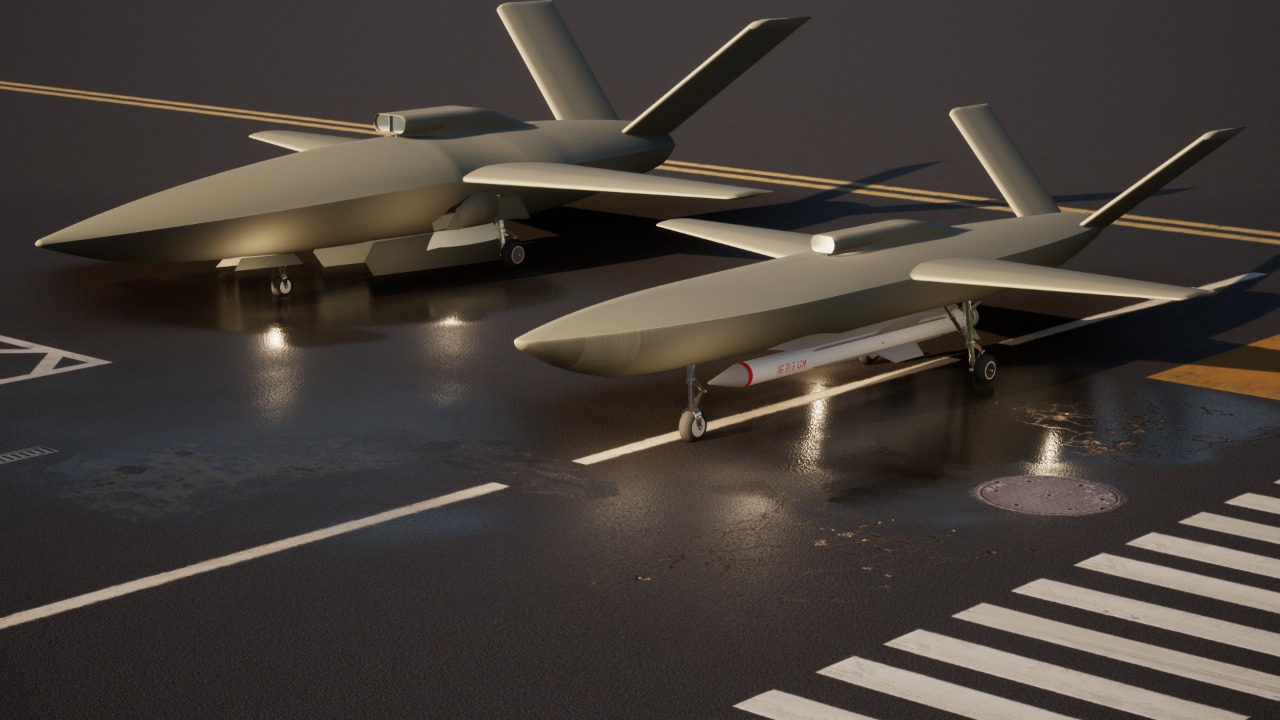
Last year, idrw.org revealed Computer-generated imagery (CGI) of two distant autonomous unmanned aircraft side by side, which showcased the development of different families of unmanned aircraft in India with varying capabilities and degrees of autonomy.
While the State-owned Hindustan Aeronautics Limited (HAL) has not disclosed information about the second autonomous unmanned aircraft in the CGI, it did announce that the CATS Warrior, an autonomous wingman drone with an All-up weight of 1600kg, capable of auto take-off and landing, will undertake its first flight by the end of 2024 or early 2025.
Continue readingSOURCE: RAUNAK KUNDE / NEWS BEAT / IDRW.ORG.
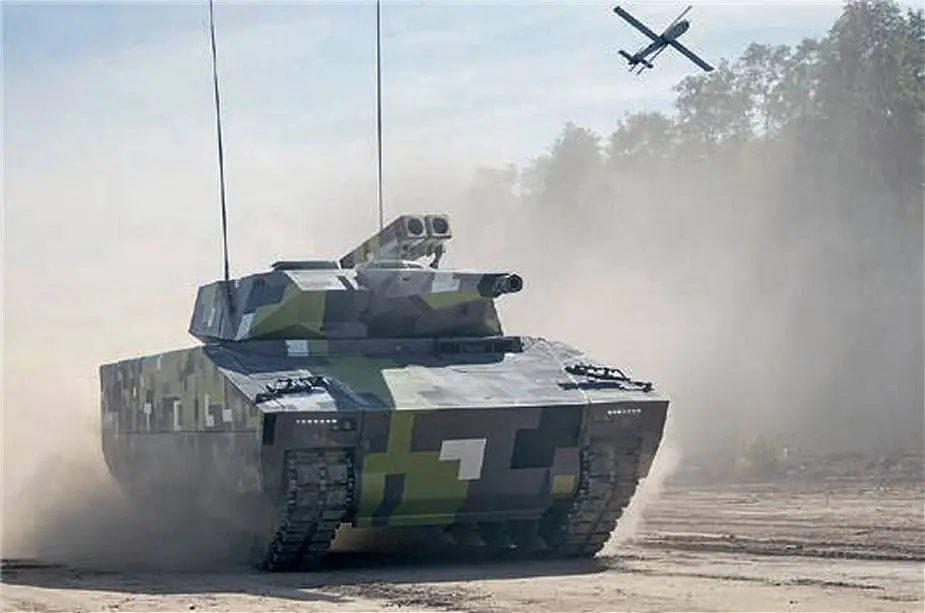
Under Project Zorawar, India’s Light Tank will be the first to be fitted with loitering munitions that could be very efficient weapons against tanks and Armoured vehicles. idrw.org has learned that the Indian Army plans to integrate these munitions as standard non-line-of-sight strike loitering munitions into their Main Battle Tanks, such as the T-90 and Arjun Mk1A, to enhance the Armored Corps’ effectiveness.
Following a thorough analysis of recent conflicts, like that in Ukraine, the Indian Army has determined that loitering munitions are more effective than Armed UAVs in taking out Main Battle Tanks. Project Zorawar will thus incorporate these munitions after careful consideration of new advancements in technology and a study of their effectiveness.
Continue readingSOURCE: RAUNAK KUNDE / NEWS BEAT / IDRW.ORG.
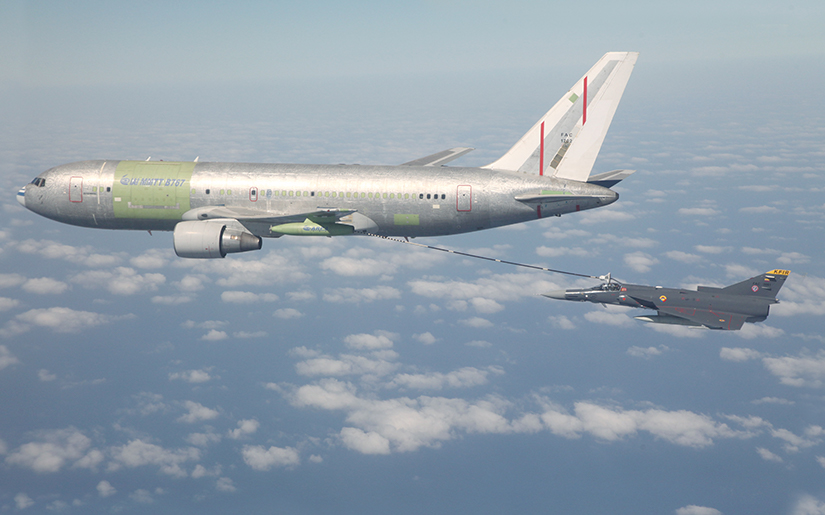
According to sources to idrw.org, the Indian Air Force (IAF) is reviewing an offer from the State-run aviation firm Hindustan Aeronautics Limited (HAL), which would involve partnering with Israel Aerospace Industries (IAI) to convert civil aircraft into multi-mission tanker transport (MMTT) aircraft within India.
Reports suggest that the IAF is considering purchasing a minimum of 12 flight refuelling aircraft (FRA) from HAL, pending the submission of a commercial offer for an FRA variant based on the Boeing 767. The procurement would likely occur in two batches of six aircraft each.
Continue readingSOURCE: RAUNAK KUNDE / NEWS BEAT / IDRW.ORG

The Indian Army is set to receive the initial batch of six AH-64E Apache attack helicopters by February 2024. The delivery of the remaining helicopters is expected to be completed within three months thereafter. In February 2020, India signed a deal for six more Apaches for the Army, costing approximately $800 million. The Indian Army intends to purchase over five additional Apache attack helicopters later in the year.
idrw.org has been told, the contract for the five additional follow-up orders may be taken up soon, with plans for the contract to be finalized by the end of the year. The Cabinet Committee has already given its approval for the procurement of 39 AH-64 Apache attack helicopters from the United States, with 22 already in service with the Indian Air Force.
Continue readingSOURCE: RAUNAK KUNDE / NEWS BEAT / IDRW.ORG
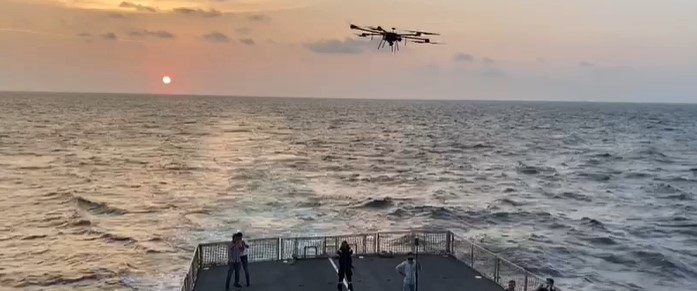
Sagar Defence Engineering, based in Pune, has won a contract from the Uttar Pradesh Police for its maritime Spotter Drone, which was initially developed in-house in collaboration with the Indian Navy. This marks the first contract from a state police force for the company.
The Spotter Drone will be used to detect threats and share critical information in real-time, allowing for the immobilization of threats and the potential to save the lives of armed personnel. The drone will also aid in tactical planning during mission-critical situations.
Continue readingSOURCE: RAUNAK KUNDE / NEWS BEAT / IDRW.ORG

According to sources familiar with the matter, idrw.org has learned that Prime Minister Narendra Modi’s state visit to France in July might see India announce the Dassault Rafale M as the winner of the Indian Navy’s Carrier Borne Multirole Carrier Borne Fighters (MRCBF) tender. Additionally, there may also be some breakthroughs in the talks during the visit.
The Indian Navy’s plans to procure 26 Rafale M could involve the local kit assembly of the jets at the Dassault Reliance Aerospace Limited (DRAL) facility, in preparation for a major order of 114 jets from the Indian Air Force.
Continue readingSOURCE: RAUNAK KUNDE / NEWS BEAT / IDRW.ORG
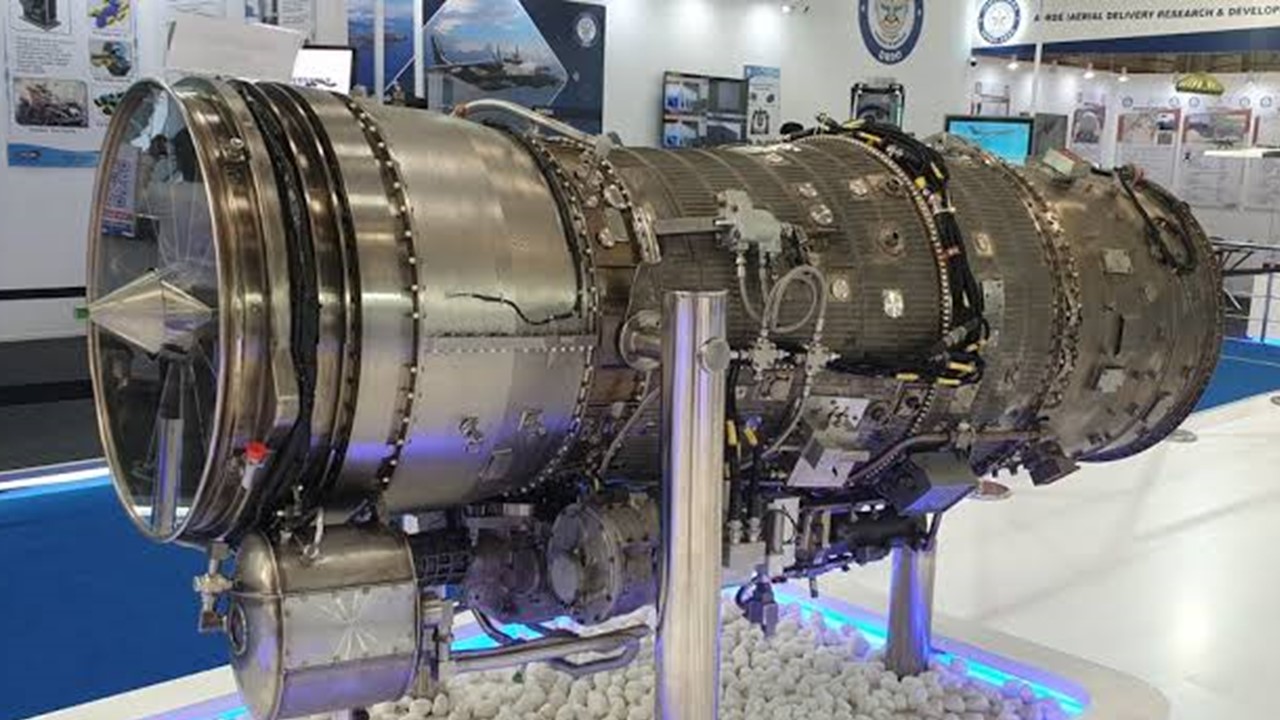
After experiencing turbulence in its turbofan program for years, the Dry Kaveri engine’s fortunes have turned around. It has completed High Altitude trials in Russia, where it delivered hours of smooth performance. As a result, DRDO’s GTRE lab has awarded a production license to Godrej Aerospace for eight modules of the Dry Kaveri engine. Over the next five years, these modules will be refined to make them near production-ready.
Despite the positive development, the Dry Kaveri engine, even with an Afterburner section included, cannot generate more than 76.5kN of thrust, which falls short of the Indian Air Force’s desired 84kN for the Tejas Mk1A that is currently being powered by the GE-F404 engine. However, this has not deterred India’s plans to develop a new 75kN Dry thrust engine with a foreign engine maker that can deliver a maximum thrust of 120kN.
Continue readingSOURCE: RAUNAK KUNDE / NEWS BEAT / IDRW.ORG
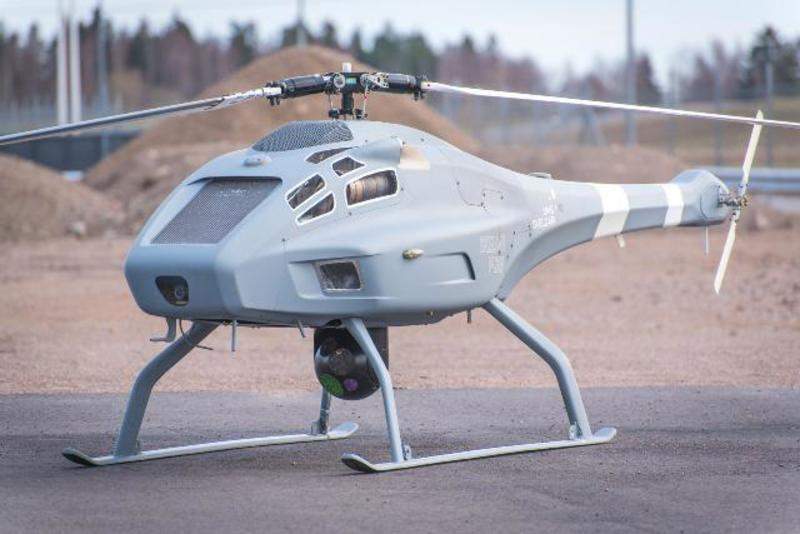
The leakage of classified information, images, and videos of India’s Integrated Test Range (ITR) by contractual employees who have been either honey trapped or paid money to keep an eye on India’s missile programs has become a cause of concern for top officials, leading to sleepless nights in recent times.
The Chinese listening post located on the Coco Islands in the Indian Ocean is responsible for monitoring missile tests conducted by India in the region but Recently, concerns have been raised regarding the further development of the island by China, which some fear may lead to the deployment of spy balloons or unmanned aerial vehicles (UAVs) for the purpose of monitoring India’s Integrated Test Range (ITR).
Continue readingSOURCE: RAUNAK KUNDE / NEWS BEAT / IDRW.ORG
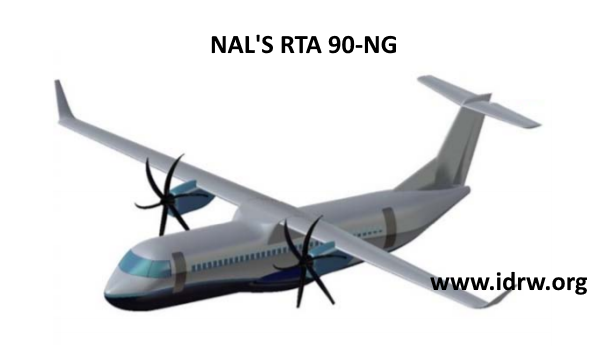
The Council of Scientific and Industrial Research’s National Aerospace Laboratories has proposed the Regional Transport Aircraft (RTA), a 90-seat Twin-turboprop aircraft. Currently in the project definition phase, the RTA awaits grants for full-scale engineering development to be cleared by the Indian government. Efforts are underway to involve the Indian Air Force, Indian Navy, and Alliance Air, which functions as an independent business unit under the central government, in the program.
Dr Abhay A. Pashilkar, Director of CSIR-National Aerospace Laboratories, recently stated that the clean sheet design and development of the country’s first regional aircraft would require up to $2 billion in funding. The project will be executed under a Special Purpose Vehicle to ensure efficient execution.
Continue readingSOURCE: RAUNAK KUNDE / NEWS BEAT / IDRW.ORG
Last year, idrw.org confirmed that Defence Research and Development Organisation (DRDO) has commenced work on the development of Nag Mk II anti-tank guided missile (ATGM) to be integrated into Main Battle Tanks in a Twin launcher configuration with each launcher holding one missile.
idrw.org has learned that DRDO has started fabrication of the Nag Mk II and developmental trials might be carried out later this year or early 2024.
Continue readingSOURCE: RAUNAK KUNDE / NEWS BEAT / IDRW.ORG

The Indian Air Force (IAF) has admitted that the delivery of spares from Russia has experienced a slowdown in recent months, and the situation is expected to worsen later this year due to Russia’s indication of further delays in supplying spares for Russian fighter jets such as Sukhoi 30MKI and MiG-29, transport planes IL-76 and AN-32, as well as Mi-17 helicopters.
During the Air Force Commanders’ Conference (AFCC) held at Air Headquarters, Air Chief Marshal Vivek Ram Chaudhari urged IAF commanders to develop a well-defined strategy for maintaining their fleet and to take measures to promote indigenization at the same time.
Continue readingSOURCE: RAUNAK KUNDE / NEWS BEAT / IDRW.ORG
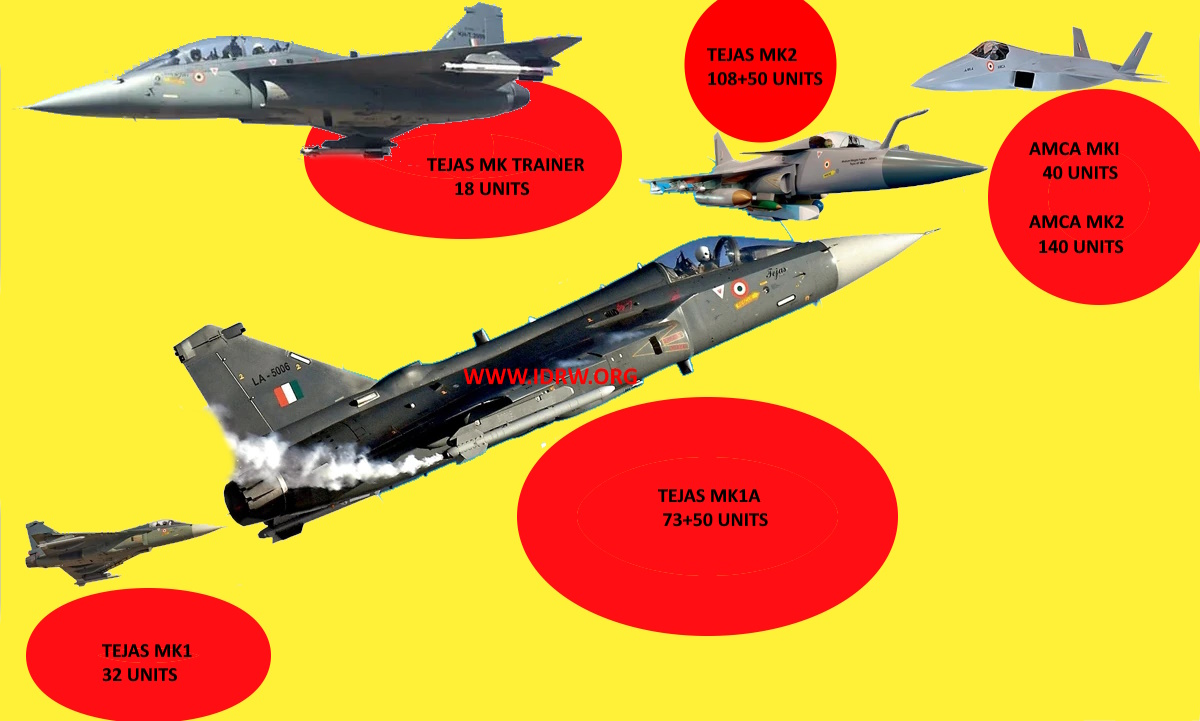
According to a report presented in Parliament last month, an Indian Air Force (IAF) representative stated that the IAF intends to fully support the development of indigenous fighter jets. The Tejas Mk1 program has allowed India to catch up with the rest of the world in terms of 4.5Gen technology, and the IAF is confident that India will be among the few countries relying on its indigenous fighter jets to replace its current combat fleet.
The IAF plans to induct 73 Tejas Mk1A fighter jets in the first phase, followed by approximately 108 Tejas MkII and 140 AMCA fighter jets by 2040. Likely, follow-up orders for 50 Tejas Mk1A and another 50 Tejas MkII will bring these figures to the 50% mark by early 2040.
Continue readingSOURCE: RAUNAK KUNDE / NEWS BEAT / IDRW.ORG
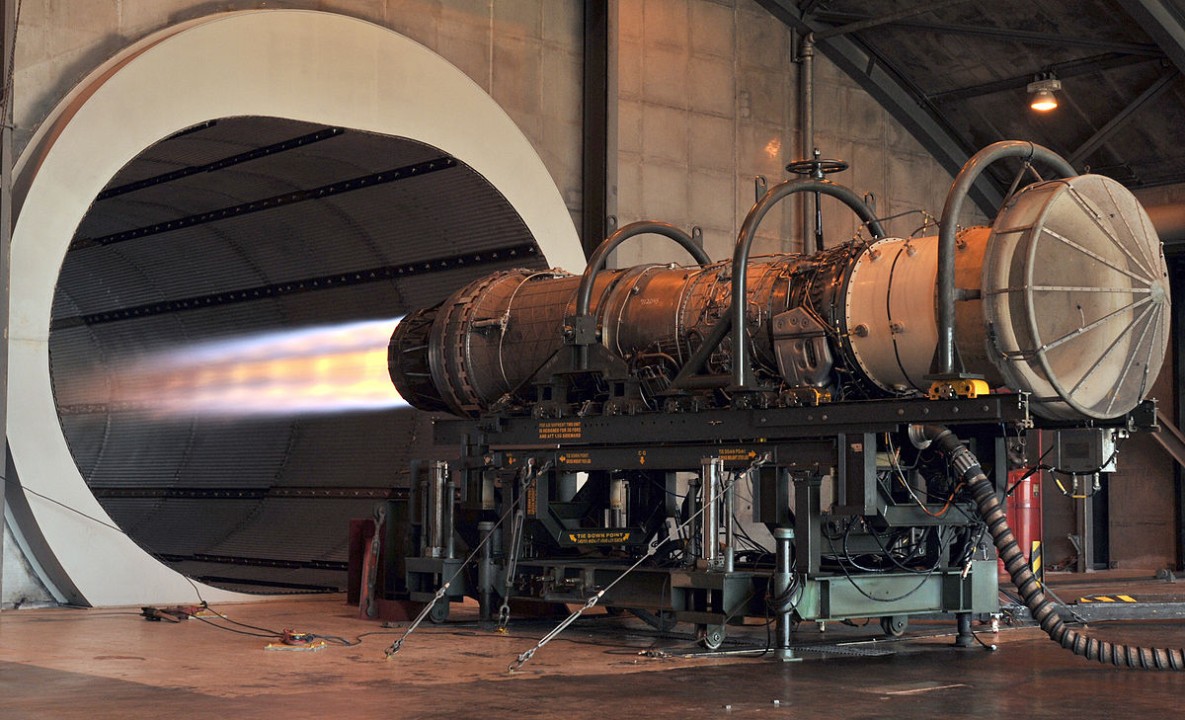
REPRESENTATIONAL IMAGE
The Chief of Defence Staff for the UK, Admiral Sir Tony Radakin, who recently visited India, announced that the proposal for joint development of a jet engine with India has received the highest clearance from the authorities. The program will grant India not only intellectual property rights for the product but also factor in export clearance so that it can be sold without requiring permission from the UK.
In what appears to be a criticism of the US administration’s export control laws aimed at protecting national security, which often restricts the export of systems developed or funded by the US government or multinationals, Radakin reminded India that such export clearance is difficult to obtain from others.
Continue readingSOURCE: RAUNAK KUNDE / NEWS BEAT / IDRW.ORG

Later this year, the Indian Air Force (IAF) plans to approach the Ministry of Defence (MoS) for an Acceptance of Necessity (AoN), which typically marks the beginning of the procurement process, by setting aside budgetary outlays.
The IAF issued a Request for Information (RFI) for 114 MRFA tenders in 2019, but there has been little progress made since then. According to sources, once the Request for Proposal (RFP) is issued, the IAF aims to conclude a deal within three years of a technical round.
Continue readingSOURCE: RAUNAK KUNDE / NEWS BEAT / IDRW.ORG
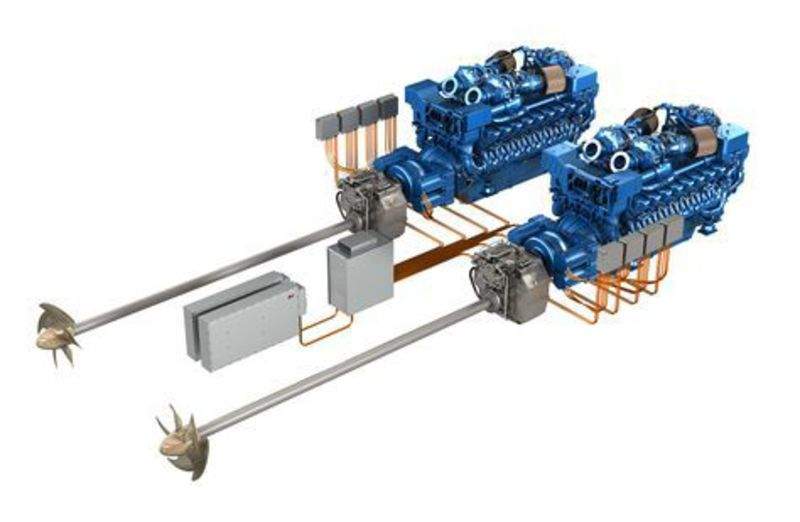
UK’s Chief of Defence Staff Admiral Sir Tony Radakin who was in India has talked with his Indian counterpart and other Chiefs of head regarding a wide range of military cooperation’s between the two countries and niche areas like Integrated electric propulsion (IEP) for Indian Naval future frontline warships.
The United Kingdom has designed an Integrated Electric Propulsion (IEP) system for its Queen Elizabeth Class aircraft carriers and is proposing a collaborative effort with India to develop a localized version of the technology. IEP is a modification of the traditional combined diesel-electric and gas propulsion system used in ships. It replaces mechanical transmission with the electrical transmission, enabling a series hybrid electric propulsion system that eliminates the need for clutches and reduces or eliminates the need for gearboxes.
Continue reading